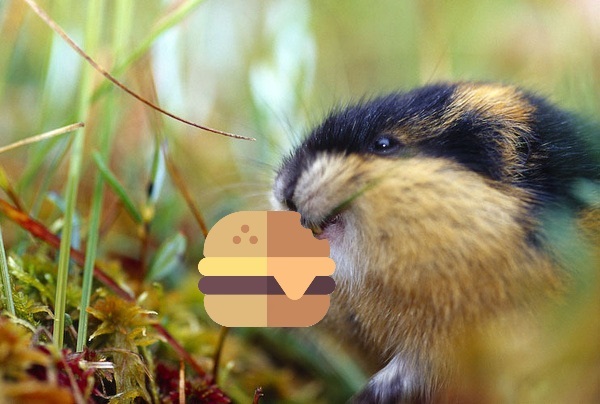This is nonsense. It’s so the tear can be seen by other Fremen and the moisture salvaged.
Nissan el Gabe
Gabe’s Nissan

Coming this summer
lick
Does that mean they are healthier too? Gotta make sure I get my daily protein
The ancestral high-protein diet: drinking the tears of your fallen enemies.
It’s so my 2 foot long snaked tongue can slither over to your face and lap up those nutrients
Sounds tempting
Maybe Cartman was right and you can feed from the tears of others
is this true? not the higher protein count part, but the rest
The higher protein part is true, and also humans are the only animal to shed emotional tears. It makes sense that it’s a signalling mechanism - we know that evolution has given social animals other visual indicators.

The fact of higher protein content appears to be true (without going back to find and critique all the original studies). Explanations are much harder to ‘prove’ for questions like this.
We can’t do experiments on the evolution of tears, so all we can do is come up with plausible theories and look at how they fit with the body of evidence. With enough evidence, from enough different angles, we might one day be able to say which proposed explanations fit the facts (and which don’t). It’s how we (eventually) proved smoking was killing people (another question we cannot do experiments on human beings to prove one way or the other) but not all questions are as important as smoking was and there isn’t necessarily a neat, single factor explanation to find even if someone was willing to fund all the necessary research.
Not my area but, for example, I recently saw a study claim that sniffing women’s tears makes men less aggressive. That’s an angle that might help build some support for, or knock down, the theory that emotional tears are useful for social communication (ie help get women killed slightly less often). Did those studies use sad stories or onions? Did any study compare sad stories to onions? If we’re seeing hints of differences between sad stories and onions, that would tend to support the social communication element of the explanation. Unless we think there’s a difference between sad tears and frightened tears, which there probably is, so we should check that too. And the rest of the literature on tears, if it’s considered important enough to get the theory right. And we need to remember that sticky tears are not the same thing as smelly tears, so can we do experiments where non-emotional tears are made sticky, and non-sticky tears made to smell frightened?
Etc etc.
Explaining things we observe but cannot directly experiment on is a process, a process which typically takes many years and dozens of research groups. And a lot of funding. And decades of exhausting battles, if there is a lot riding on the answer (as it did with Big Tobacco vs Public Health).
Did anyone look this up?
https://pubmed.ncbi.nlm.nih.gov/19568753/
They do indeed have more protein. The conclusion that it’s for them to fall slower seems to be just a hypothesis
I can imagine it to be the opposite.
Maybe irritant tears have less protein to not clog your vision when in a fight or threatened?
The explanation feels very much like a “just so” story to me, as much as I want to believe it.
I think this is why it’s helpful to think of it, not as a ‘why’, but as a ‘how’. There are tons of things about our bodies that do not make sense, but which hasn’t killed us enough to not spread. These can still have an effect on us, and that’s what’s interesting to me.
Trying to get a reason out of evolution can be useful sometimes, when we actually want to know what lead to a trait becoming common, but for most things, especially concerning humans, the ‘how’ is so much more interesting, because we can actually get concrete answers to that.
*your body is litterally built to sap others energy and goodwill like a parasite










